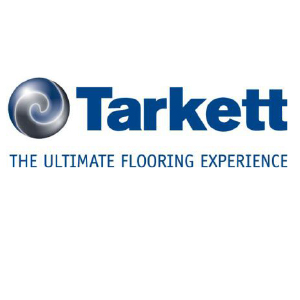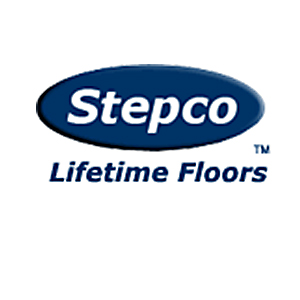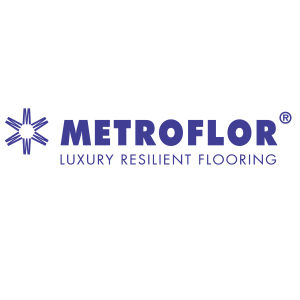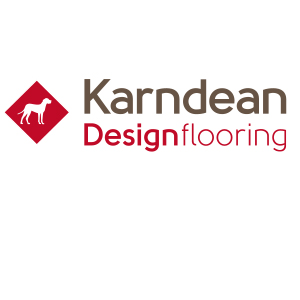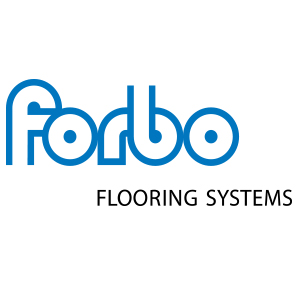- No products in the cart.
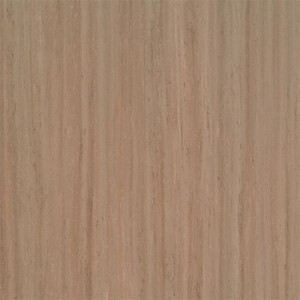 We found this fantastic article that explain the difference between linoleum floor and vinyl floor. These terms are sometimes used interchangeably, but they actually refer to two different kinds of flooring. Here’s what they have in common: they’re both available in both sheet and tile forms in a range of patterns and styles that can be used in kitchens, bathrooms, and other rooms of the house. Both are great for high-traffic areas of the home, as well as areas where moisture and heat might cause cracking and damage to other types of flooring materials.
We found this fantastic article that explain the difference between linoleum floor and vinyl floor. These terms are sometimes used interchangeably, but they actually refer to two different kinds of flooring. Here’s what they have in common: they’re both available in both sheet and tile forms in a range of patterns and styles that can be used in kitchens, bathrooms, and other rooms of the house. Both are great for high-traffic areas of the home, as well as areas where moisture and heat might cause cracking and damage to other types of flooring materials.
On linoleumfloor.net we have a large selection of both linoleum floors and vinyl floors, because people get these two very easily confused, it’s fair to present both choices.
“I may have mentioned recently that I’m in the process of getting ready to replace my bathroom floor, which is currently a mix of aging vinyl flooring and carpeting. The vinyl floor actually isn’t in bad shape, although the dark pattern makes the bathroom feel positively cave-like in the winter, but the carpeting is completely disgusting, and it’s long past time to go. Since I’m a renter, I’m working with my landlords on the project, and we had an interesting conversation about the best material to replace the floor with.
I’d love tile, of course, or possibly slate or natural fieldstone. The upkeep is higher, but these materials look nicer, and they hold up longer. Of course, they’re also more expensive, and in addition, their weight might necessitate an evaluation of the existing subfloor to determine if it needs to be replaced or shored up, which is an issue you should consider if you’re thinking of adding tile to a floor. I didn’t even bother broaching the subject with my landlords, since I knew the response would be a suggestion that while I was more than welcome to pay for it, they definitely wouldn’t! (And one of the few advantages of renting is that I get to remain blissfully free of responsibility for those bills from San Francisco tile companies. I would prefer to keep it that way!)”






